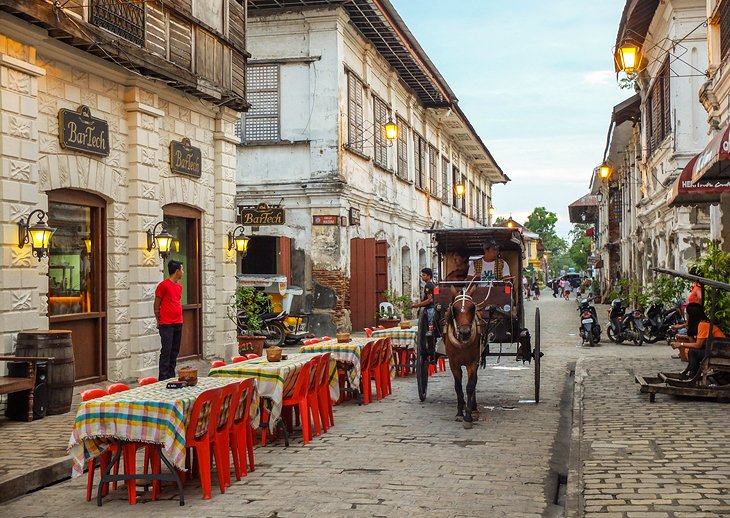As the Philippines’ oldest urban center, Manila has a long and storied past from even before the Spanish conquest in the late 16th century. This has resulted in many historic landmarks that have withstood the Spanish and American colonial periods, a short span of British rule, as well as Japanese occupation in World War 2.
Moreover, despite marked urbanization, the city’s official boundaries remain relatively compact if you’re not counting the surrounding municipalities that make up Metro Manila. As a result, it’s possible to tour the most important historical sites in quick fashion. You can even easily book a hotel near St. Luke’s Extension clinic close to the U.S. Embassy or around Ermita and still roam around the city from there. So, if you’re looking to experience old Manila, here are four important places that should be on your list.
The National Museum Complex
Though its initial structures were constructed only during the early 20th century, the National Museum Complex maintains its historical importance as the custodian of the country’s most important cultural artifacts. Inside the complex are the National Museums of Fine Arts, Anthropology, Natural History, as well as the National Planetarium. Arguably, the museum’s most important pieces are two gigantic paintings: the “Spoliarium” by Juan Luna and the “Assassination of Governor Bustamante and his Son” by Felix Resureccion Hidalgo. These two paintings are famous for winning the gold and silver medals respectively in the 1884 Madrid Exposition of Fine Arts, beating out other entries from many European painters.
The Nakpil-Bautista House
Located in the city’s Quiapo district, the Nakpil-Bautista House is a large and old house that starkly contrasts with its busy and chaotic urban environment. Though the surviving structure dates only to 1914, the building was built on two lots where two houses had originally stood. It’s primarily known as having been the later home of key figures in the country’s early revolutionary history. From an architectural standpoint, it’s also unique among old Philippine houses due to design elements which borrow from the Viennese Secession art movement. This gave it a minimalist look that was ahead of its time. Today, the spacious interiors have also been preserved and transformed into a museum that you can easily visit.
Escolta Street
Formerly Manila’s commercial and financial center, Escolta is now one of the city’s most important historical areas. This long street runs from east to west, parallel to the Pasig River. Its eastern point begins at the district of Santa Cruz’ main plaza, ending at the Plaza Moraga in the district of Binondo. As one of the city’s oldest streets, Escolta is home to a number of important heritage buildings and historical landmarks. Today, these structures have been repurposed and are still in use. A good example is the neo-classical Don Roman Santos Building, which now operates as a branch of one of the country’s main banking institutions. Meanwhile, the Calvo Building now houses a museum which pays tribute to the area’s heyday as a frequent haunt of the rich and famous. With its many other interesting sites, you’ll be glad to know that the area is also easily accessible by multiple means. The easiest of which is by train through one of the city’s main metro rail lines.
Intramuros
Intramuros is a walled area within the city of Manila that originally functioned as the Spanish colonial government’s seat of power. The old city hall within was then transformed during the American colonial period into the headquarters of the Philippine Commission.
Despite the near-destruction of Intramuros during the Japanese occupation in the Second World War, post-war reconstruction efforts have allowed it to continue as an important heritage site. These days, parts of the outer wall are open to the public—with some portholes manned by replicas of the cannons that had once kept watch over the city. Meanwhile, within the walls are many places of interest, including old churches like the San Agustin Church and the Manila Cathedral. Many old structures are also still in use, such as the old Palacio de Santa Pontenciana, which is now the headquarters of the Philippine Red Cross. Meanwhile, a sizable chunk of the old Fort Santiago’s interior has been turned into a museum that celebrates the life of Jose Rizal, the country’s national hero.
Despite many modern developments, Manila still possesses a connection to its storied past through many remaining historical sites. As there are many other important places of note scattered throughout the city, make sure to take your time to fully experience the Manila’s rich past.
To read more on topics like this, check out the travel category.
